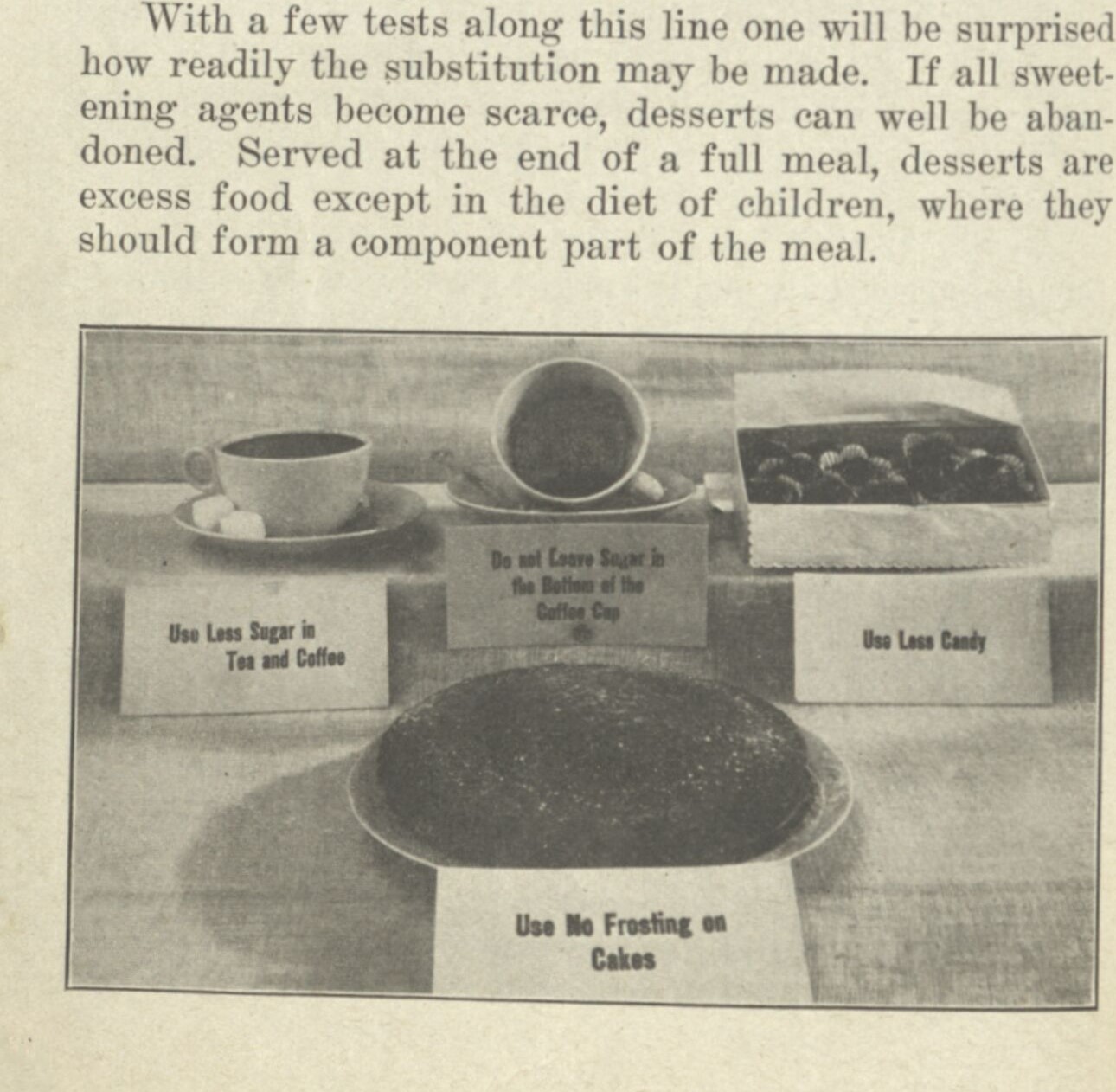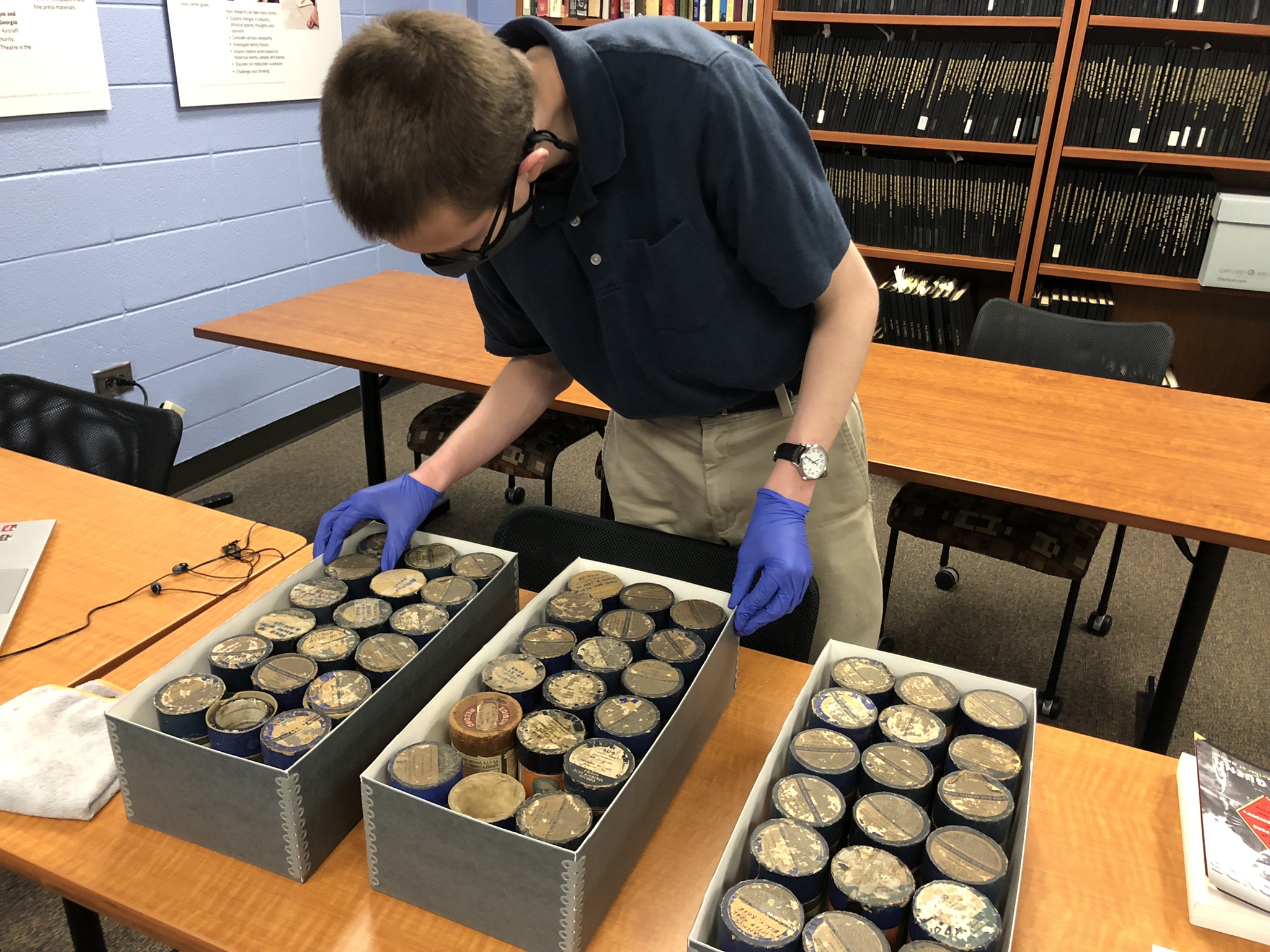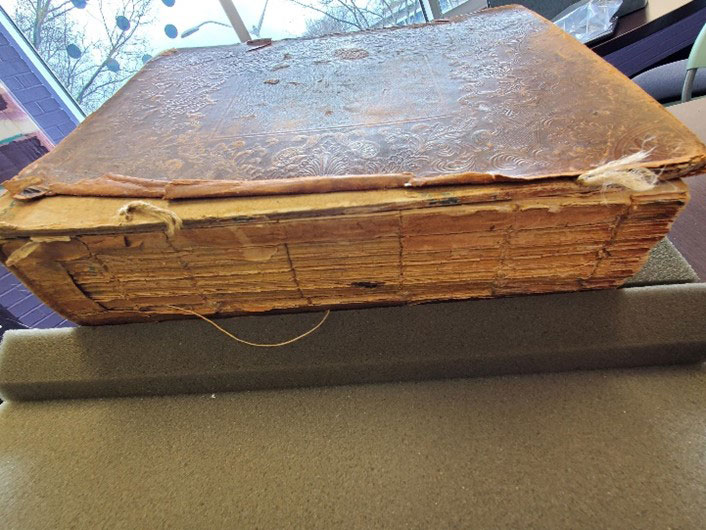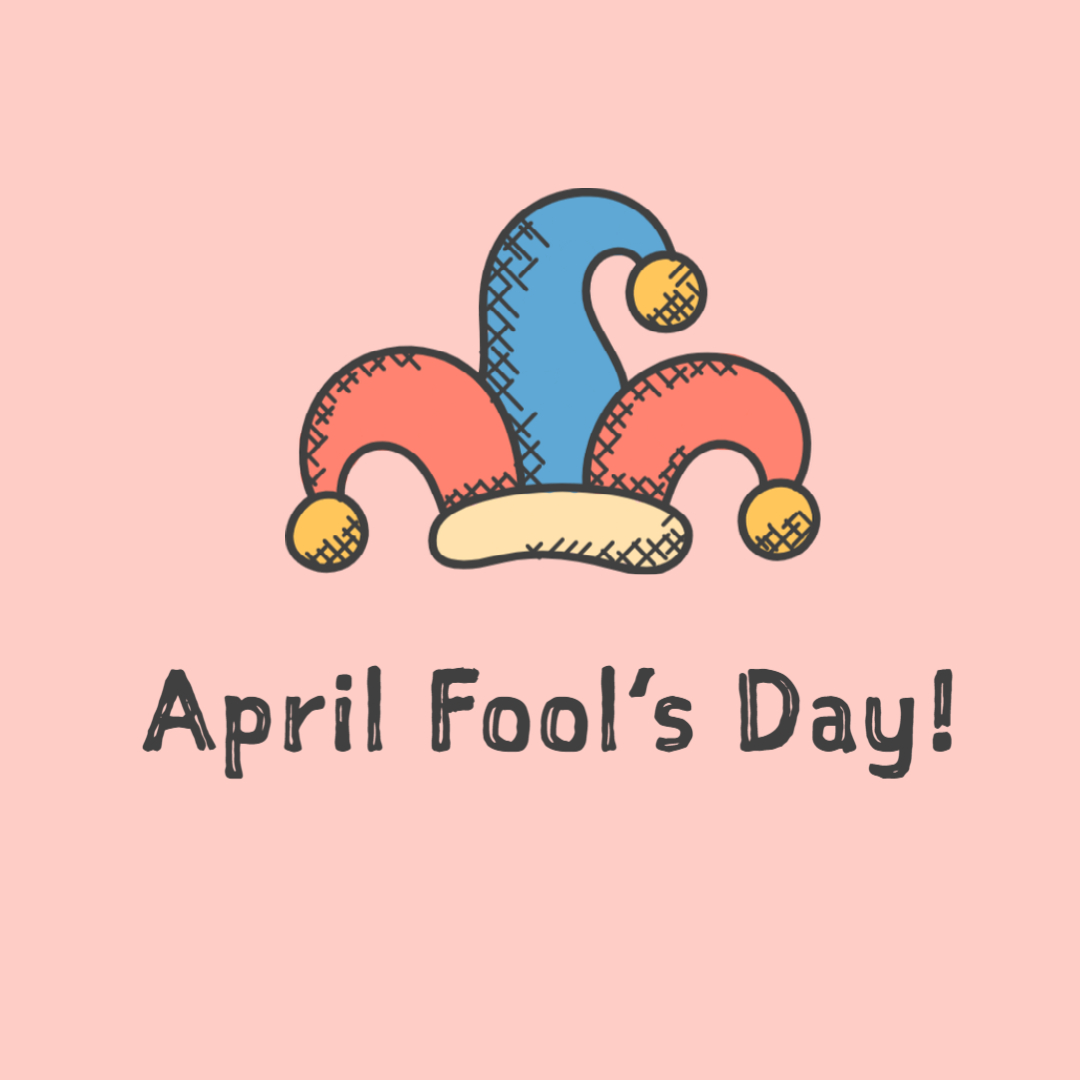
Cooking with Rare Books: Stretching Food during WWI
KENNESAW, Ga. | Nov 15, 2021
KSU Honors student Camilla Stegall shares part one of her research exploring food preservation practices during WWI.
Welcome back to the Cookery Corner! Last semester, I undertook a collections development project and identified wartime cookbooks that I believed would benefit the Bentley Rare Book Museum. Two of these cookbooks are now part of the Bentley’s collections! For the next several blog posts, we’ll be looking at those two books, particularly in the context of the holiday season. Today we'll discuss the history of our recently acquired World War I-era cookbook, Foods That Will Win the War and How to Cook Them.
Foods That Will Win the War and How to Cook Them by C. Houston Goudiss and Alberta Goudiss was published in 1918. C. Houston was born in Russia in 1880 and immigrated to New York as a young boy in 1889. His wife, Alberta, was born in 1876 in Philadelphia, Pennsylvania. The couple, who married in 1902, were a pretty powerful food duo. Mr. Goudiss was president of The Forecast Publishing Company, which published the New York-based magazine, The Forecast. The cover of The Forecast prominently features their tag line “America’s Leading Food Magazine.” Mrs. Goudiss was the editor of The Forecast and the Director of the School of Modern Cookery. The School of Modern Cookery, which the couple co-founded, was an outlet of The Forecast. Recipes used at the school appeared in The Forecast. Students could attend the free classes at the school to learn more about home economics and nutritional science.
The U.S. entered World War I in 1917 and took on a bigger role in providing food to allies and civilians in war-torn countries. The federal government developed the United States Food Administration, headed by future president, Herbert Hoover. Hoover had made a name for himself by organizing the food relief efforts in Belgium earlier in the war. The United States Food Administration was an emergency war-time effort that held unprecedented power over food supplies and food prices, including the potential for mandatory food rationing. Hoover used very few of those powers. He opted for voluntary rationing. Americans would have to wait until World War II to really experience the government rationing what they could eat. Until then, during World War I, they were bombarded with propaganda telling them what they should eat.

Another facet of U.S. Food Administration propaganda was cookbooks. Towards the end of the World War I in 1918, the Goudisses and the U.S. Food Administration partnered to create Foods That Will Win the War and How to Cook Them. (I bet that name was relatively easy to come up with!) It was published by The Forecast Publishing Company (aka Mr. Goudiss’s company). An advertisement in The Forecast offered a whole year of subscription to The Forecast AND a copy of Foods That Will Win the War for the price of $1.50. The Goudisses sympathized with the patriotic wives and mothers, who they called “housekeepers,” who wanted to help with the war effort, but had no clue how to manage the food substitutions and keep their families healthy. Lucky for them, the Goudisses knew a thing or two.
Foods That Will Win the War is filled with U.S. Food Administration propaganda illustrations that emphasize substitution and preventing food waste. There are five chapters: SAVE WHEAT, SAVE MEAT, SAVE SUGAR, SAVE FAT, and SAVE FOOD. Each chapter begins with a section dedicated to explaining why the government is asking them to save these items, often focusing on waste, and then discussing the nutritional science of the substitutions. For example, in SAVE WHEAT, after calculating that Americans waste 1,500,000 barrels of flour a year, they explain the best ways to incorporate substitutions like cornmeal or barley into their homemade breads.

Join us next time as we dive into some World War I substitution Thanksgiving-time recipes from Foods That Will Win the War and How to Cook Them!
To learn more about The U.S. Food Administration and food during the World War I era:
If you have an E-reader check out this fun interactive exhibit from the National Archives What’s Cooking, Uncle Sam?: The Government’s Effect on the American Diet. https://www.archives.gov/publications/ebooks/whats-cooking.html
Helen Zoe Viet, Modern Food, Moral Food: Self-Control, Science, and the Rise of Modern American Eating in the Early Twentieth Century.
Jennifer Wallach, How America Eats: A Social History of US Food and Culture.
Here are editions of The Forecast from 1918: https://www.google.com/books/edition/Forecast/Vz4kAQAAMAAJ?hl=en&gbpv=0
















